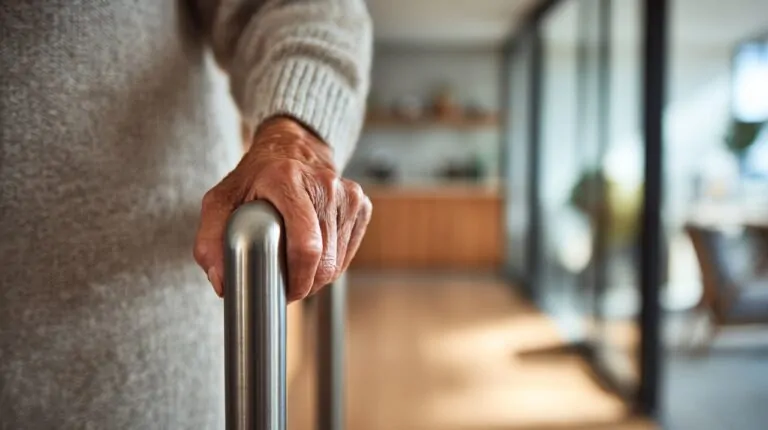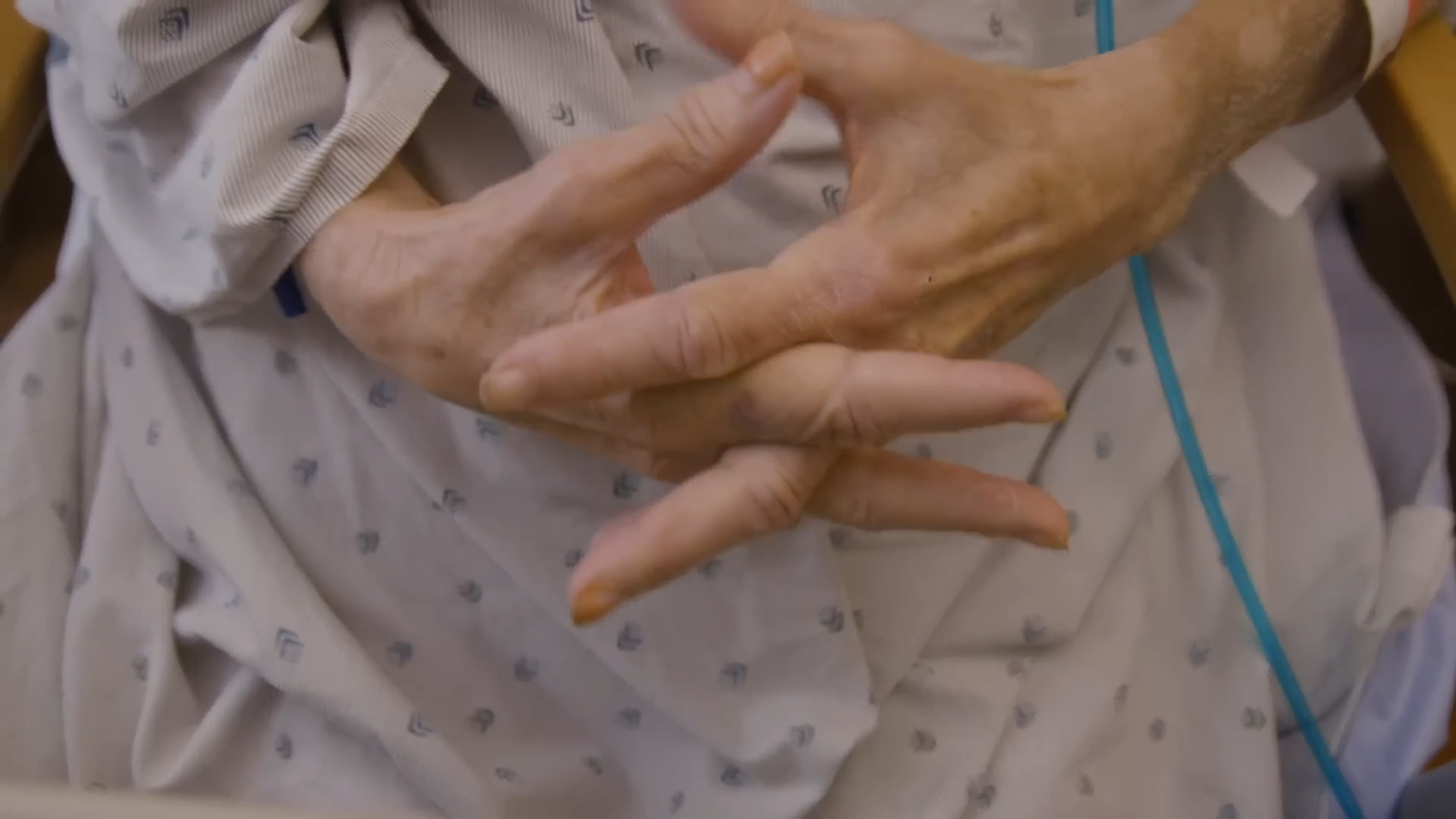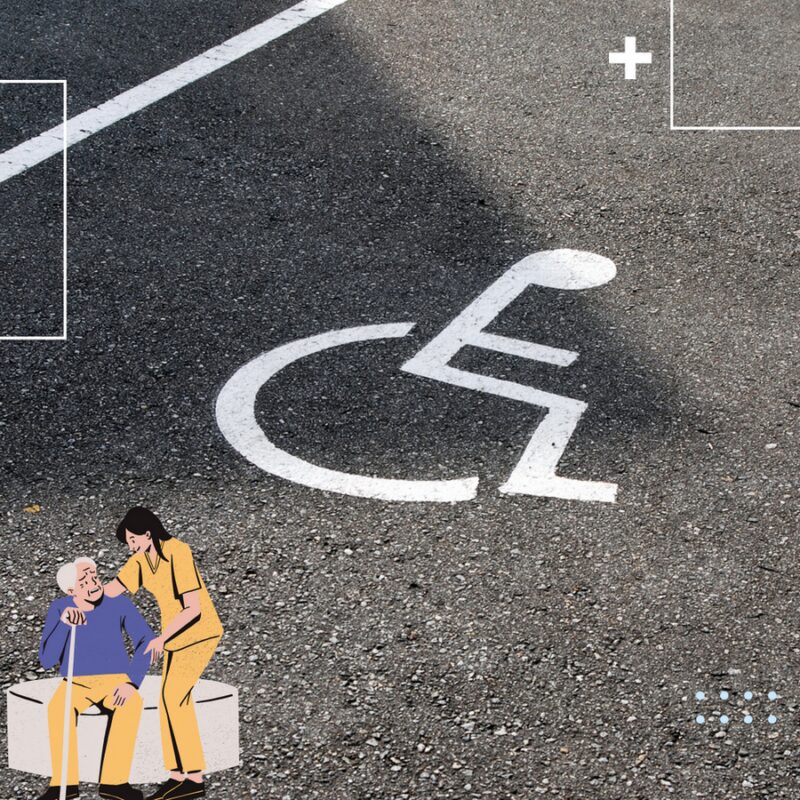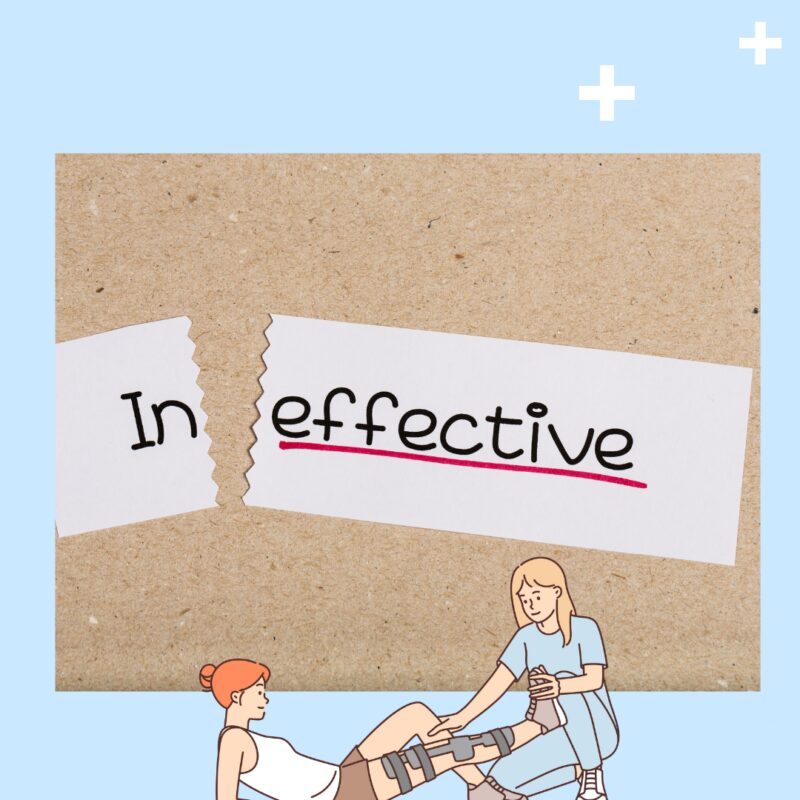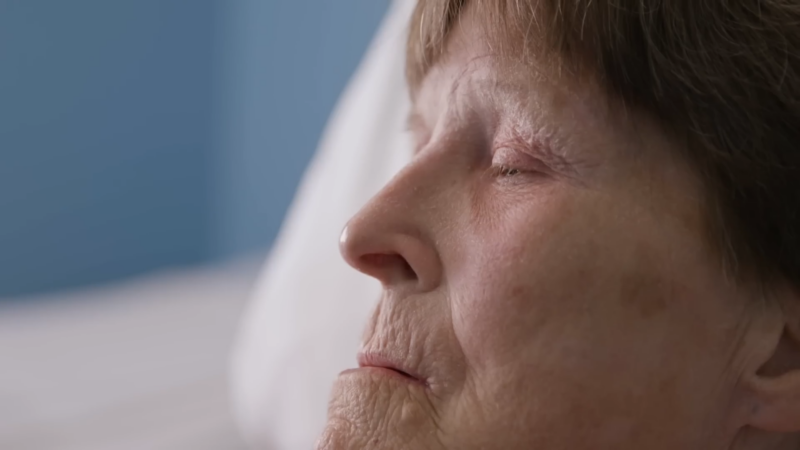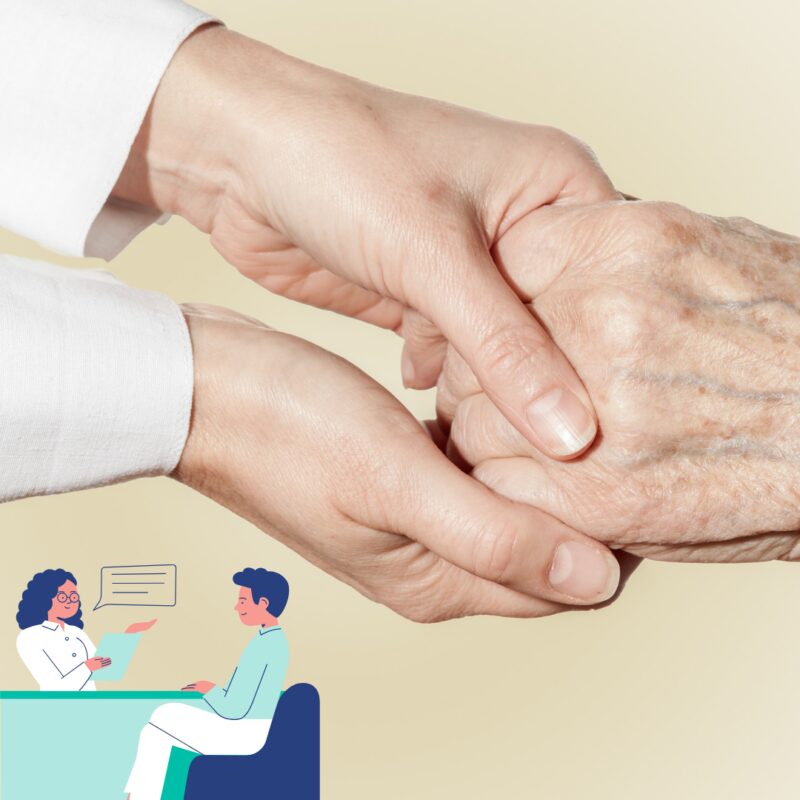Nursing homes are essential for providing care to elderly individuals who need assistance with daily activities. However, these facilities often face numerous challenges that can affect the quality of care. Understanding these common problems and knowing how to address them is crucial for ensuring the well-being of residents.
Table of Contents
Toggle1. Inadequate Staffing
Many nursing homes suffer from insufficient staffing levels, leading to inadequate care for residents. This can result in delayed responses to calls for help, poor hygiene, and neglect. Staff burnout and high turnover rates further exacerbate the problem, creating a vicious cycle that undermines care quality.
Solution?
Increasing staffing levels and ensuring proper training can improve care quality. Implementing better recruitment strategies and offering competitive salaries can attract more qualified personnel. Additionally, providing ongoing support and development opportunities for staff can reduce burnout and turnover.
2. Poor Hygiene
Residents in nursing homes often face hygiene issues, such as infrequent bathing, dirty clothing, and unclean living environments. This can lead to infections and a decline in overall health. Poor hygiene also affects the residents’ dignity and quality of life, leading to feelings of discomfort and social isolation.
How to Solve This?
Regular staff training on hygiene practices, routine checks, and maintaining a strict cleaning schedule can help address these issues. Involving residents in personal hygiene routines can also promote better hygiene. Ensuring that there are sufficient supplies and resources dedicated to hygiene maintenance is equally important.
3. Medication Errors
Medication errors, including incorrect dosages and missed doses, are common in nursing homes. These mistakes can have serious health consequences for residents. Factors contributing to medication errors include lack of proper training, poor communication, and high staff workloads.
Solution?
Implementing electronic medication administration records (eMAR) and regular staff training can reduce medication errors. Double-checking medication orders and having a pharmacist review prescriptions can also help. Ensuring clear communication between healthcare providers, staff, and residents is crucial for accurate medication management.
4. Lack of Social Interaction
Social isolation is a significant issue in nursing homes, leading to depression and a decline in mental health among residents. Many residents feel lonely and disconnected, which can worsen their overall health. Limited opportunities for social engagement further exacerbate feelings of isolation.
How to Solve This?
Organizing regular social activities, encouraging family visits, and creating communal spaces where residents can interact can alleviate social isolation. Providing access to technology for virtual interactions can also help. Encouraging staff to engage with residents and facilitate social connections is essential for promoting a sense of community.
5. Nutritional Deficiencies
Many nursing home residents suffer from poor nutrition due to inadequate meal planning, lack of variety, and insufficient monitoring of dietary needs. Poor nutrition can lead to a weakened immune system, slower healing, and a decline in overall health. Residents with specific dietary restrictions may face additional challenges.
Solution?
Hiring a dietitian to plan balanced and varied meals can improve nutrition. Regularly assessing residents’ dietary needs and preferences can ensure they receive appropriate nutrition. Involving residents in meal planning and offering culturally appropriate food options can enhance satisfaction and compliance with dietary guidelines.
6. Falls and Injuries
Falls are a common problem in nursing homes, often leading to serious injuries. Factors contributing to falls include poor lighting, slippery floors, and lack of assistance. Additionally, mobility issues and medications that affect balance can increase the risk of falls. If you are in need of legal help, Harrell and Harrell personal injury attorneys might be the right address.
How to Solve This?
Conducting regular safety assessments, installing grab bars and non-slip mats, and ensuring adequate lighting can prevent falls. Staff should be trained to assist residents safely. Providing residents with proper footwear and mobility aids can also help reduce the risk of falls.
7. Abuse and Neglect
Unfortunately, abuse and neglect occur in some nursing homes, with residents suffering from physical, emotional, or financial harm. These issues can have devastating effects on residents’ health and well-being. Underreporting and lack of awareness exacerbate the problem.
Solution?
Implementing strict hiring practices, providing regular staff training on recognizing and reporting abuse, and creating a safe reporting system for residents can help prevent and address abuse and neglect. Encouraging a culture of transparency and accountability within the facility is crucial. Regular monitoring and external audits can also help ensure resident safety.
8. Lack of Personalization
Nursing home care can sometimes be too generalized, failing to meet the individual needs and preferences of residents. This can lead to dissatisfaction and a decline in quality of life. Residents may feel like they are not seen or valued as individuals.
How to Solve This?
Creating personalized care plans for each resident, involving them in decision-making, and regularly reviewing their needs and preferences can ensure more tailored care. Encouraging staff to get to know residents on a personal level can improve the quality of care. Utilizing technology to track and update personalized care plans can also enhance care delivery.
9. Inadequate Training
Staff in nursing homes may lack the necessary training to handle the complex medical and emotional needs of residents. This can result in inadequate care and increased stress for both residents and staff. Continuous professional development is often overlooked due to budget constraints.
Solution?
Providing ongoing education and training programs, including certifications in geriatric care and dementia care, can improve staff competency. Partnering with educational institutions and leveraging online training resources can make training more accessible. Encouraging a culture of lifelong learning can also enhance staff skills and morale.
10. Poor Communication
Communication breakdowns between staff, residents, and families can lead to misunderstandings and inadequate care. Poor communication can result in unmet needs and decreased satisfaction for residents. Miscommunication can also lead to errors in medication administration and care plans.
How to Solve This?
Establishing clear communication channels, using communication aids for residents with speech or hearing difficulties, and involving families in care discussions can enhance communication.
Implementing regular staff meetings and using technology to share information can also improve communication. Training staff in effective communication techniques is essential.
11. Limited Mobility Assistance
Residents with mobility issues often do not receive adequate assistance, leading to decreased independence and increased risk of injuries. Limited mobility support can also lead to social isolation and a decline in physical health. Inadequate training and equipment further exacerbate the problem.
Solution?
Providing mobility aids, such as walkers and wheelchairs, and training staff on safe transfer techniques can improve mobility support. Conducting regular assessments of residents’ mobility needs and updating care plans accordingly can ensure appropriate support.
Encouraging physical activity and offering mobility exercises can also enhance residents’ independence.
12. Financial Exploitation
Some residents are vulnerable to financial exploitation, including theft and fraud. This can lead to significant financial loss and emotional distress. Residents with cognitive impairments are particularly at risk.
How to Solve This?
Implementing strict financial protocols, educating residents and families on financial safety, and monitoring financial transactions can protect against exploitation. Encouraging regular communication between residents and their families about financial matters can also help. Reporting any suspicious activity to the appropriate authorities is crucial.
13. Unresponsive Management
Management in some nursing homes may be unresponsive to concerns and complaints from residents and their families. This can lead to unresolved issues and decreased satisfaction. A lack of transparency and accountability can further undermine trust.
Solution?
Creating a transparent complaint resolution process, holding regular meetings with residents and families, and maintaining an open-door policy can improve responsiveness. Encouraging feedback and acting on it promptly can build trust. Regularly reviewing and updating policies based on feedback can also enhance management practices.
14. Lack of Recreational Activities
A lack of recreational activities can lead to boredom and a decline in mental and physical health among residents. Without engaging activities, residents may feel isolated and disconnected. Limited resources and staff may contribute to the lack of activities.
How to Solve This?
Offering a variety of recreational activities, such as arts and crafts, exercise classes, and outings, can keep residents engaged and active. Involving residents in planning activities and ensuring they cater to diverse interests can enhance participation. Partnering with local organizations and volunteers can expand activity offerings.
15. Poor End-of-Life Care
End-of-life care in nursing homes can be inadequate, with residents not receiving the support they need during their final days. This can lead to unnecessary suffering and distress for both residents and their families. Lack of training and resources for palliative care contribute to this issue.
Solution?
Providing specialized training in palliative care, involving hospice services, and ensuring emotional support for residents and their families can improve end-of-life care. Developing individualized care plans and regularly reviewing them with families can ensure appropriate care. Creating a compassionate and supportive environment is essential.
16. Dietary Restrictions Not Followed
Some residents have specific dietary restrictions that are not always followed, leading to health complications. Inadequate monitoring and communication about dietary needs can result in non-compliance. This can exacerbate existing health conditions and decrease quality of life.
How to Solve This?
Regularly reviewing and updating dietary plans, involving residents in meal planning, and ensuring staff adherence to dietary restrictions can address this issue. Providing staff with ongoing training on dietary needs and restrictions is crucial. Utilizing technology to track and monitor dietary plans can enhance compliance.
17. Inadequate Pain Management
Residents may suffer from chronic pain that is not adequately managed, affecting their quality of life. Poor pain management can lead to decreased mobility, sleep disturbances, and mental health issues. Lack of training and awareness about pain management options contribute to the problem.
Solution?
Implementing comprehensive pain management plans, including regular assessments and alternative pain relief methods, can improve pain management. Providing staff with training on recognizing and managing pain is essential. Involving residents and their families in pain management decisions can also enhance care.
18. Insufficient Mental Health Support
Mental health issues, such as depression and anxiety, are common in nursing homes but often go untreated. This can lead to a decline in overall health and well-being. Stigma and lack of resources for mental health care further complicate the issue.
How to Solve This?
Providing access to mental health professionals, offering counseling services, and creating support groups can enhance mental health support. Training staff to recognize and respond to mental health issues is crucial. Encouraging open conversations about mental health can reduce stigma and promote well-being.
19. Poor Infection Control
Infections can spread rapidly in nursing homes due to close living quarters and vulnerable residents. Poor infection control practices can lead to outbreaks and serious health consequences. Inadequate resources and training contribute to this problem.
Solution?
Implementing strict infection control protocols, ensuring regular hand hygiene, and providing vaccinations can reduce infection rates. Regular staff training and audits of infection control practices are essential. Ensuring that residents and visitors follow infection control measures can also help.
20. Limited Access to Healthcare
Residents may have limited access to healthcare services, leading to untreated medical conditions. Transportation barriers, limited on-site services, and inadequate staffing can contribute to this issue. Delays in receiving care can worsen health outcomes.
How to Solve This?
Establishing partnerships with local healthcare providers, offering telehealth services, and ensuring regular medical check-ups can improve access to healthcare. Providing transportation services for medical appointments is also essential. Coordinating care with external providers can enhance overall health management.
21. Lack of Privacy
Residents often have little privacy in nursing homes, affecting their dignity and comfort. Shared rooms, frequent interruptions, and lack of private spaces contribute to this issue. Lack of privacy can lead to a decline in mental health and well-being.
Solution?
Providing private or semi-private rooms, respecting residents’ personal space, and allowing for private visits can enhance privacy. Implementing policies that prioritize privacy and dignity in care practices is essential. Encouraging staff to be mindful of residents’ privacy needs can also improve comfort.
22. Ineffective Care Plans
Care plans may be ineffective or not followed, leading to substandard care. Poor communication, lack of training, and insufficient involvement of residents and families contribute to this issue. Ineffective care plans can result in unmet needs and decreased satisfaction.
How to Solve This?
Regularly reviewing and updating care plans, involving residents and families in care planning, and ensuring staff adherence can improve care effectiveness. Utilizing technology to track and update care plans can enhance accuracy. Providing ongoing training for staff on creating and following care plans is crucial.
23. Overmedication
Some residents are overmedicated, leading to adverse side effects and reduced quality of life. Overmedication can result from a lack of regular medication reviews and poor communication between healthcare providers. Residents with multiple health conditions are particularly at risk.
Solution?
Regular medication reviews, involving a pharmacist, and exploring non-pharmacological treatments can prevent overmedication. Ensuring clear communication between healthcare providers and residents about medication management is essential. Educating staff and residents about the risks of overmedication can also help.
24. Insufficient Rehabilitation Services
Rehabilitation services, such as physical and occupational therapy, may be limited, hindering recovery and independence. Budget constraints and staffing issues can contribute to this problem. Insufficient rehabilitation can lead to decreased mobility and quality of life.
How to Solve This?
Providing comprehensive rehabilitation services and ensuring residents have access to necessary therapies can promote recovery. Partnering with external rehabilitation providers can expand service offerings. Encouraging residents to participate in rehabilitation programs can enhance outcomes.
25. Poor Air Quality
Poor air quality, due to inadequate ventilation and maintenance, can affect residents’ respiratory health. This can lead to increased respiratory infections and exacerbation of existing conditions. Poor air quality can also affect overall comfort and well-being.
Solution?
Maintaining HVAC systems, ensuring proper ventilation, and regularly checking air quality can improve respiratory health. Implementing air quality monitoring and management practices is essential. Providing residents with access to outdoor spaces can also enhance air quality and well-being.
26. Limited Transportation
Residents may have limited access to transportation for medical appointments and social outings. This can lead to missed appointments and social isolation. Inadequate transportation options can also affect residents’ independence and quality of life.
How to Solve This?
Providing reliable transportation services and coordinating with local transport providers can improve mobility and access to services. Ensuring that transportation is accessible and tailored to residents’ needs is crucial. Encouraging family and community involvement in providing transportation support can also help.
27. Dietary Monotony
A lack of variety in meals can lead to poor appetite and nutritional deficiencies. Residents may become bored with repetitive meal options, leading to decreased food intake. Dietary monotony can affect overall health and well-being.
Solution?
Offering a diverse menu, involving residents in meal planning, and incorporating cultural preferences can enhance meal variety. Regularly updating meal plans and soliciting feedback from residents can improve satisfaction. Providing special meals for holidays and celebrations can also add variety.
28. Poor Documentation
Inaccurate or incomplete documentation can lead to errors in care and treatment. Poor documentation practices can result from a lack of training and inadequate systems. Incomplete records can affect continuity of care and legal compliance.
How to Solve This?
Implementing electronic health records (EHR) and providing regular training on documentation practices can improve accuracy and completeness. Ensuring that staff have sufficient time and resources for documentation is crucial. Regular audits of documentation practices can also enhance quality.
29. Lack of Emergency Preparedness
Nursing homes may be unprepared for emergencies, putting residents at risk. This can include natural disasters, medical emergencies, and other crises. Lack of training and resources for emergency preparedness can exacerbate the problem.
Solution?
Developing and regularly updating emergency preparedness plans, conducting drills, and training staff on emergency procedures can enhance safety. Ensuring that residents and families are aware of emergency plans is also essential. Partnering with local emergency services can improve preparedness and response.
30. Resident Rights Violations
Residents’ rights, such as the right to make decisions and the right to privacy, are sometimes violated. This can lead to a decline in dignity and quality of life. Lack of awareness and training about residents’ rights contribute to this issue.
How to Solve This?
Educating staff and residents on residents’ rights, regularly reviewing policies, and ensuring accountability can protect these rights. Implementing systems for reporting and addressing rights violations is crucial. Encouraging a culture of respect and dignity in care practices can also enhance residents’ well-being.
Final Thoughts
Addressing common nursing home problems requires a comprehensive approach that includes staff training, proper planning, and active involvement of residents and families. Ensuring that residents receive the respect and care they deserve is paramount to the success of any nursing home.
Related Posts:
- The Most Frequently Used Abbreviations in Physical Therapy
- Most Overlooked Health Screenings for Adults Over 60
- Excessive Sleepiness in the Elderly - 7 Common…
- 11 Common Causes of Low Oxygen Levels in Elderly Adults
- 8 Common Circulatory Health Concerns After Age 65
- 5 Natural Home Remedies for Bed Sores in Seniors and…

